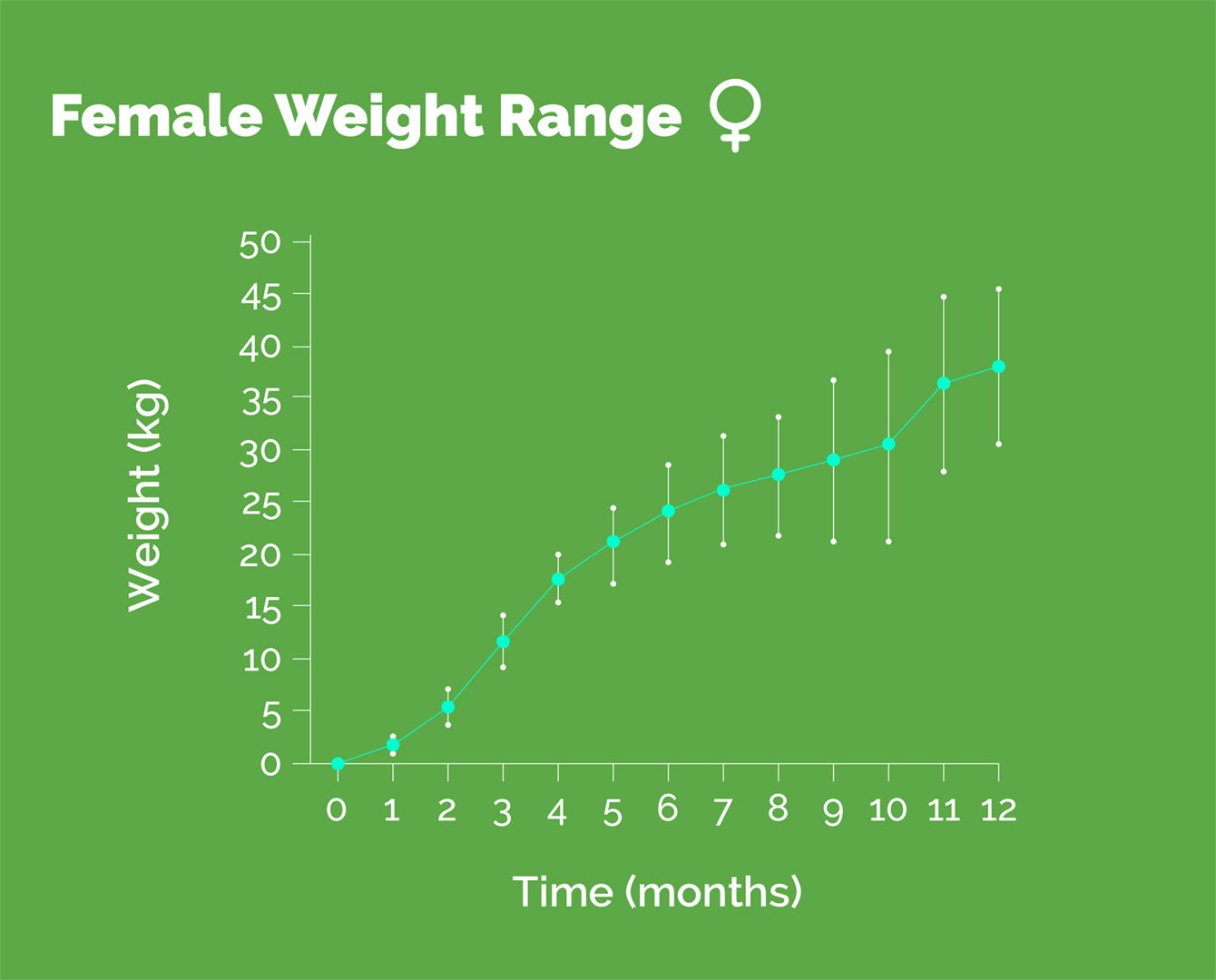Specipig Miniature Pig
Using conventional pigs as a model for biomedical research has one large important inconvenience, domestics pigs grow quickly and can reach up to 250-300 kilos, making it difficult to handle them and to cope with the maintenance costs.
Specipig, in collaboration with the Institute of Agrifood Research and Technology (IRTA) and Semen Cardona, has developed an exclusive genetic breed of miniature pigs, under the brand Specipig®.
Miniature pigs are easy to handle, since a fully-grown miniature adult weighs approximately 35-45 kg. They need less housing space. Feeding and treatment costs are lower. Miniature pigs are a better model than conventional pigs when the trial needs to be run with adult animals, when tissue regeneration is involved and when the study has a long housing period.
Specipig’s added value, over other companies that breed and market miniature pigs lies in the fact that we are two in one, we breed our own animals and offer research services in fully equipped facilities, open to companies and institutes to conduct research.
Main differences between miniature and domestic pigs
| Specie | Sus scrofa domesticus |
| Breed | Specipig miniature pig |
| Adult weight | 35-45 kg |
| Adult feed intake | 400-600 g/animal/day |
| Adult housing (individual-group) | 2 m² (0,70 m²/animal) |
| Gestation | 3 months · 3 weeks · 3 days |
| Handling | Easy to handle (domesticated and smaller size) |
| Medication | Lower dose (based on kg b.w) |
| Specie | Sus scrofa domesticus |
| Breed | Landrace x Large white |
| Adult weight | 150-400 kg |
| Adult feed intake | 2,000-3,000 g/animal/day |
| Adult housing (individual-group) |
4-7,5 m² (1,35-2,50 m²/animal) |
| Gestation | 3 months · 3 weeks · 3 days |
| Handling | Complex to handle when > 45 kg |
| Medication | Higher dose (based on kg b.w) |
Genetic background
Specipig, in collaboration with the Institute of Agrifood Research and Technology (IRTA) and Semen Cardona, has developed an exclusive genetic breed of miniature pigs, under the brand Specipig®. The breed is expected to be fully completed in short.
The average weight is at 6 months around 25 kg and at 12 months around 35 kg. With a slight individual variability and with the females on the higher top range.


Health monitoring
The animals have a high health level achieved by the rigorous disinfection procedures, the positive pressure ventilation system, the quarantine of any new animal and the high hygiene procedures followed by all the personnel.
Regularly a health monitoring record is run to follow-up on the health status of the centre.
Animal welfare
Our animals are kept under environmental, social and entertainment conditions. For this reason, the animals are housed in groups, with bedding material that enables them to search with their snout and with toys that cover their entertainment needs.
When considered necessary, during their recovery from sedation or anaesthesia, they are kept in specially protected boxes to avoid harming themselves when waking up.
Animal training
Active training is developed with the animals in order to reduce stress and improve animal handling, all with the aim to optimize animal welfare. Specific trainings are done for different type of studies to enable the animals to get used to the presence of the carers and the handling necessary in a study. An example is, training the animals to lie down when petted, in order to be able to administer a medication in the eye, after an eye surgery.




